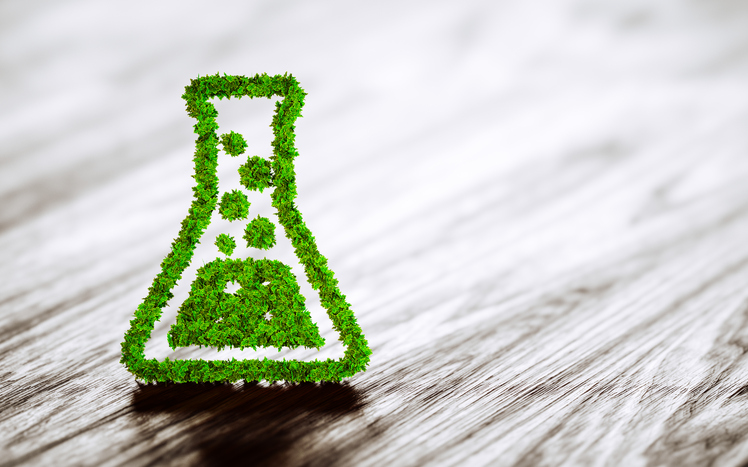 New research is building a bridge from nature’s chemistry to greener, more efficient synthetic chemistry.
New research is building a bridge from nature’s chemistry to greener, more efficient synthetic chemistry.
Researchers analyzed biocatalysts evolved by nature for their effectiveness in a variety of synthetic chemical reactions. The results, published in Nature Chemistry, open the door to promising practices for chemists, pointing to not only more efficient but also more powerful tools for chemists.
The researchers started with microorganisms that have, over the millennia, developed complex chemical reactions to create molecules with important biological activity for various purposes, such as defense mechanisms. The scientists then analyzed the chemical pathways that give rise to these potentially useful molecules to determine how they can be repurposed to create compounds synthetically in the lab.
“Nature has evolved catalytic tools that would enable chemists to build molecules that we can’t easily build just using traditional chemistry,” says senior study author Alison Narayan, assistant professor at the University of Michigan Life Sciences Institute. “Our work bridges the two worlds of biosynthesis and synthetic chemistry.”


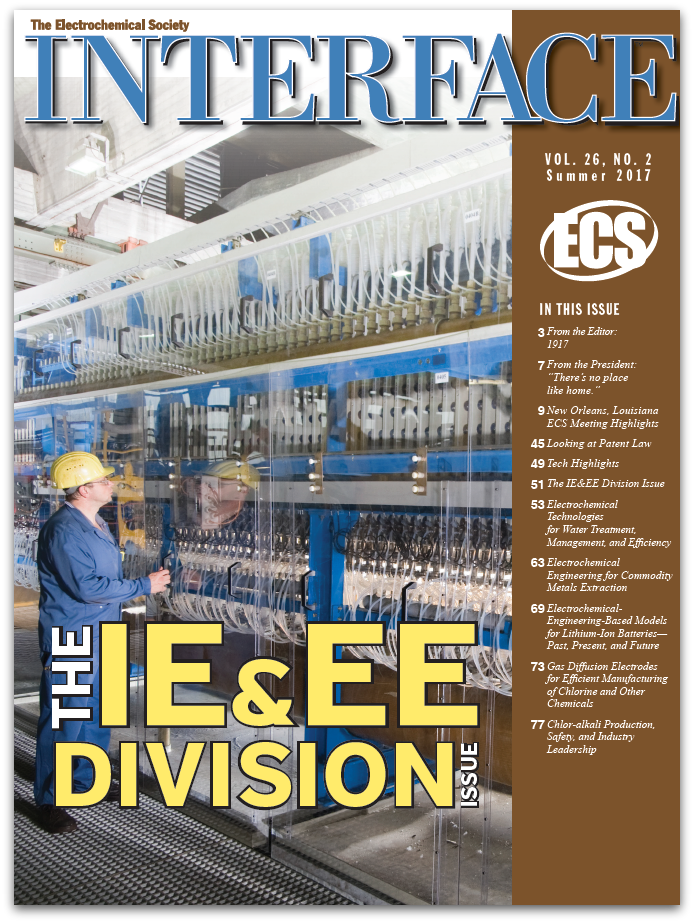
 Researchers from MIT have developed a new way to extract copper by separating the commercially valuable metal from sulfide minerals in one step without harmful byproducts. The goal of this new process is to simplify metal production, thereby eliminating harmful byproducts and driving down costs.
Researchers from MIT have developed a new way to extract copper by separating the commercially valuable metal from sulfide minerals in one step without harmful byproducts. The goal of this new process is to simplify metal production, thereby eliminating harmful byproducts and driving down costs.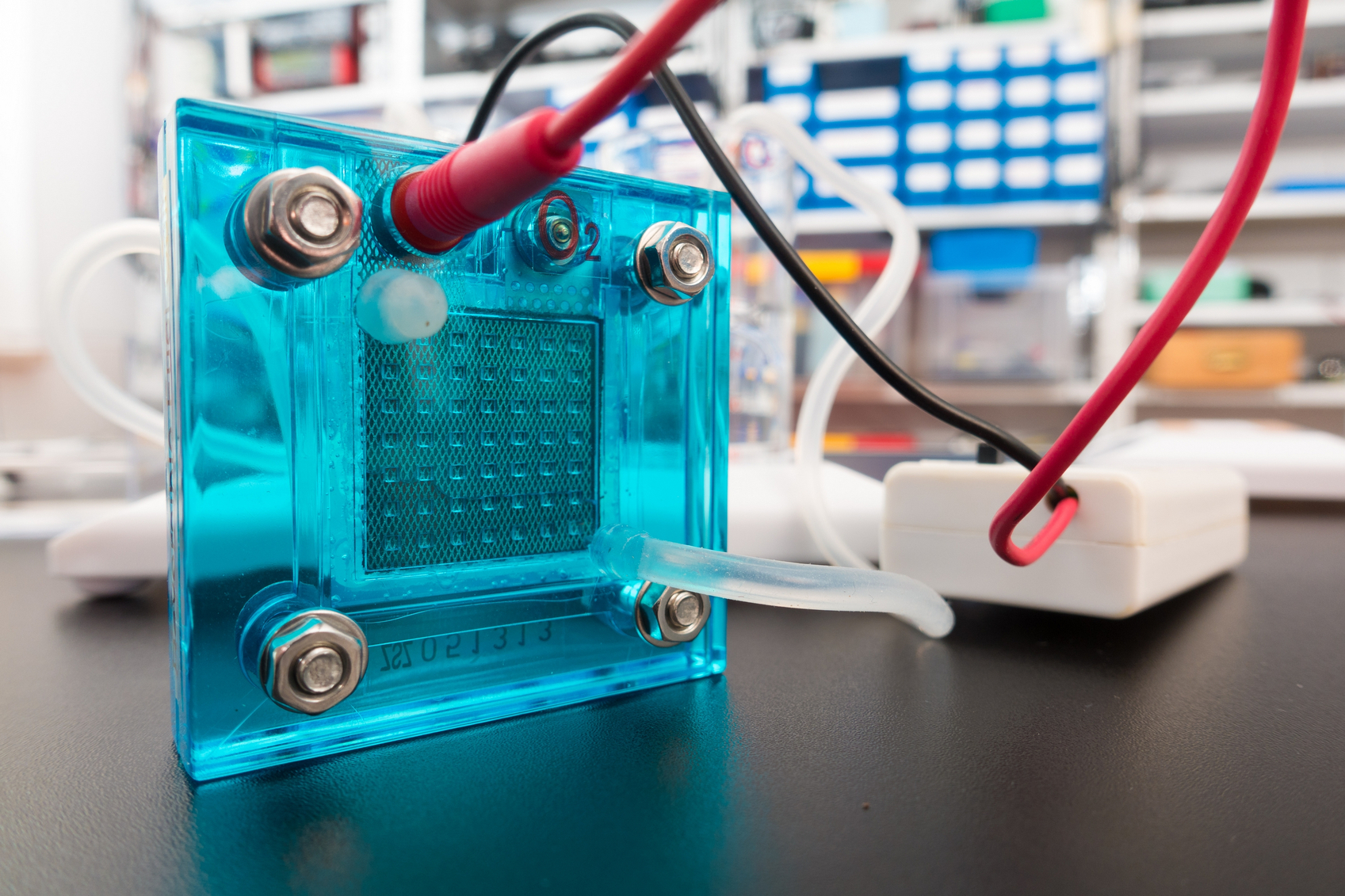 Researchers from Purdue University are making headway on solving issues in electrolyzers and fuel cell development by gaining new insight into electrocatalysts.
Researchers from Purdue University are making headway on solving issues in electrolyzers and fuel cell development by gaining new insight into electrocatalysts.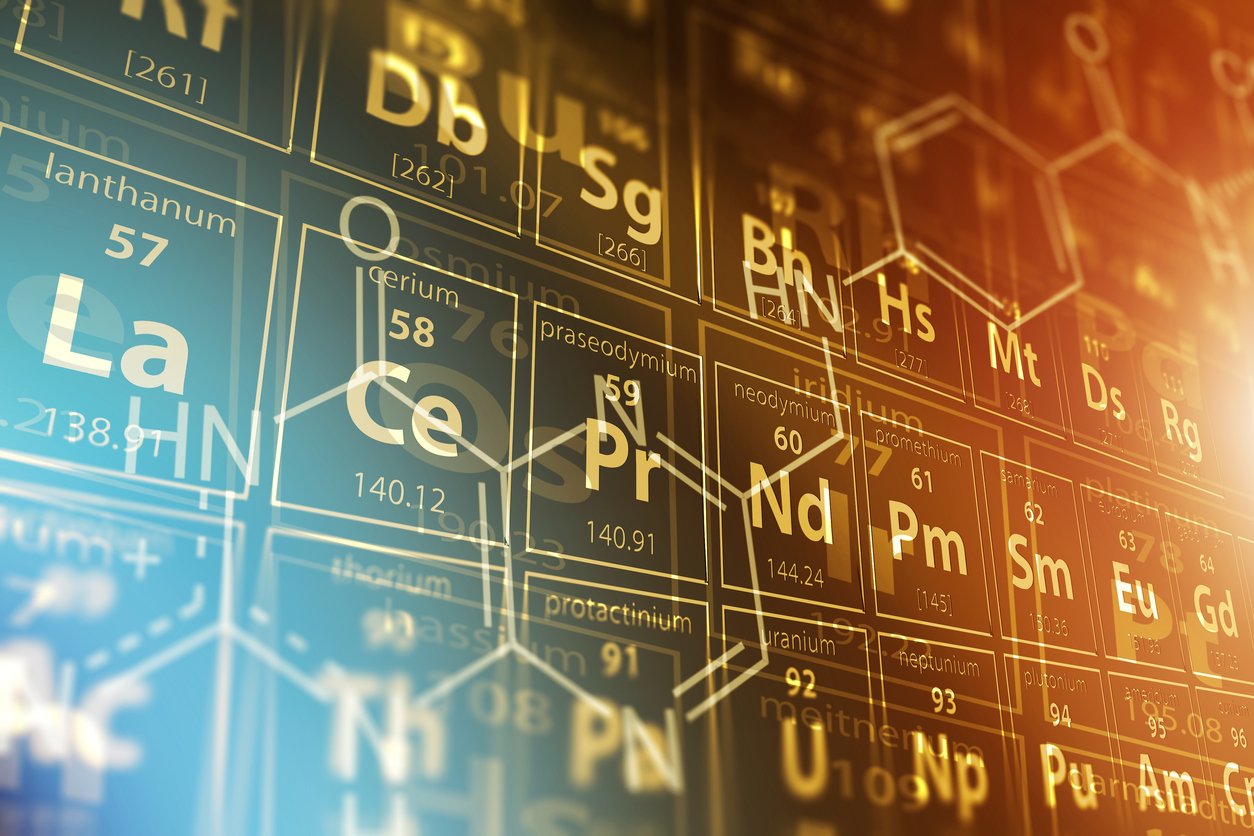 Using high pressure, scientists have created the first high-entropy metal alloy made of common metals to have a hexagonal close-packed (HCP) atomic structure.
Using high pressure, scientists have created the first high-entropy metal alloy made of common metals to have a hexagonal close-packed (HCP) atomic structure.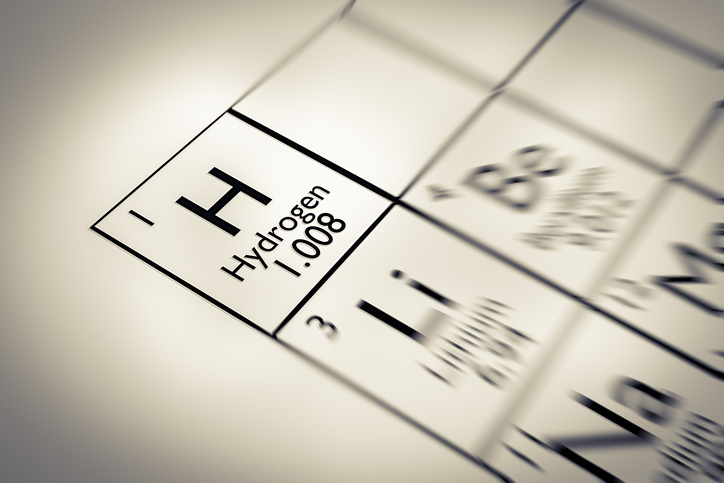 Hydrogen has many highly sought after qualities when it comes to clean energy sources. It is a simple element, high in energy, and produces nearly zero harmful emissions. However, while hydrogen is one of the most plentiful elements in the universe, it does not occur naturally as a gas. Instead, we find it combined with other elements, like oxygen in the form of water. For many researchers, water-splitting has been a way to isolate hydrogen for use in cars, houses, and other sustainable fuels.
Hydrogen has many highly sought after qualities when it comes to clean energy sources. It is a simple element, high in energy, and produces nearly zero harmful emissions. However, while hydrogen is one of the most plentiful elements in the universe, it does not occur naturally as a gas. Instead, we find it combined with other elements, like oxygen in the form of water. For many researchers, water-splitting has been a way to isolate hydrogen for use in cars, houses, and other sustainable fuels. From social to natural and applied sciences, overall scientific output has been growing worldwide – it
From social to natural and applied sciences, overall scientific output has been growing worldwide – it 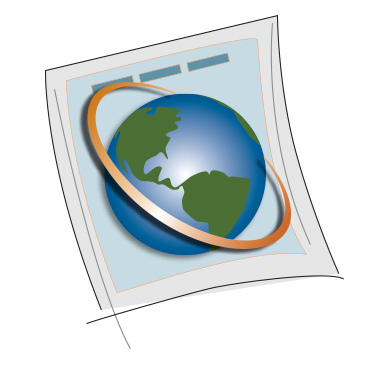 Wolfram|Alpha
Wolfram|Alpha Without knowing it, most Americans rely every day on a class of chemicals called
Without knowing it, most Americans rely every day on a class of chemicals called